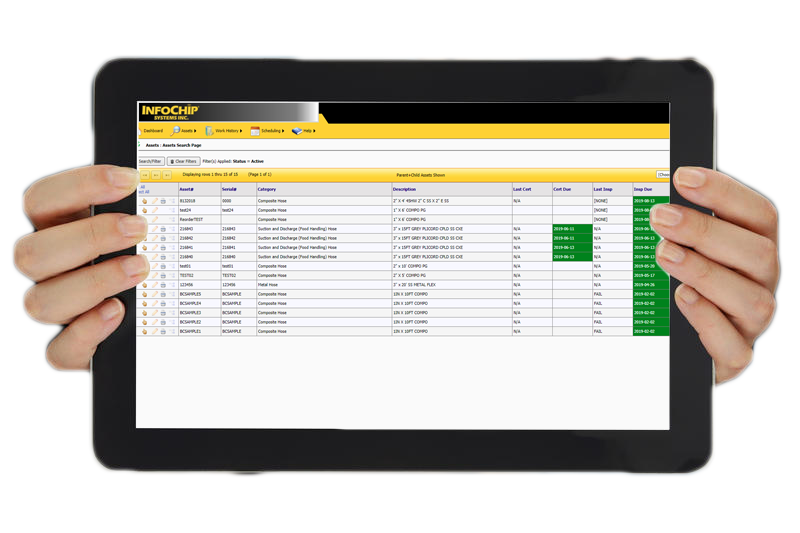Flexible Metal Hose Product Line
Metal Hose Online offers one of the most extensive lines of metal hose products to meet a wide range of design requirements. Our metal hoses are mechanically or hydro-formed, stainless steel or bronze, standard or high pressure and meet flexibility and cycle life requirements.

- Velocity is defined as the speed at which the media flows through the hose.
- The media can be either liquid or gas. If media velocity reaches critical levels, a resonant frequency vibration can occur, possibly causing premature failure of the hose.
- In the design of the hose, media velocity should be considered and mitigated prior to the manufacture of the hose.
- If the velocity becomes an issue, the hose diameter can be increased or an interlocked metal hose liner can be added to remove the velocity problem.
Keep in mind:
- Existing piping will normally dictate the size of the metal hose for a particular application. The size of flexible metal hose is specified by the nominal diameter (typically the inside diameter of the hose).
- Flow rate, velocity, and pressure drop my also influence selection of the hose size.
- Flexible metal hose has a virtually unlimited selection of end fittings that can be attached. End fittings may be male or female pipe threads, unions, flanged, flared tube fittings or specially designed connectors. End fittings are attached by welding and silver brazing, depending on the type of the hose and the alloy.
Corrugated Metal Hose
The corrugated hose begins as a flat sheet of stainless steel or bronze that is formed into a tube and longitudinally welded. This tube is then formed into corrugations that can be either annular or helical in design. Annular corrugations on a hose are a series of complete circles or rings located at right angles to the longitudinal axis of the hose. Corrugations are necessary for the hose to achieve flexibility without kinking. The hose corrugations can be formed either mechanically or hydroformed.
The corrugation profile can be short or tall, “U” or omega-shaped, standard or close pitched. The corrugation method and profile will determine the flexibility and cycle-life of the hose.
Braid Reinforcing
The braid is a sleeve of woven wires that cover the exterior of the corrugated hose. The primary reason for the braid is to reinforce the inner hose. The braid will also provide some protection against external damage. The braid prevents elongation while decreasing the amount of transmitted vibration. Different styles and sizes of hose will utilize different braid angles, size and number of wires and braid coverage to allow different design pressures.
The use of a double braid or a second layer of braid allows for increased working pressures. If the increased weight and bulk of a double braid is not acceptable, a braided braid can be used to increase the working pressure.The braided braid uses a series of pre-braided wires to construct the braided sleeve.
OnGuard Asset Tracker has Maintenance Programs to Improve Hose Safety
Reduce the risk of hose failures through routine hose inspections, testing and certification programs. Our OnGuard™® hose management services include testing, tagging and traceability of your hoses from “cradle to grave”. These proactive programs are managed by our hose experts and keep you running efficiently and safely.


